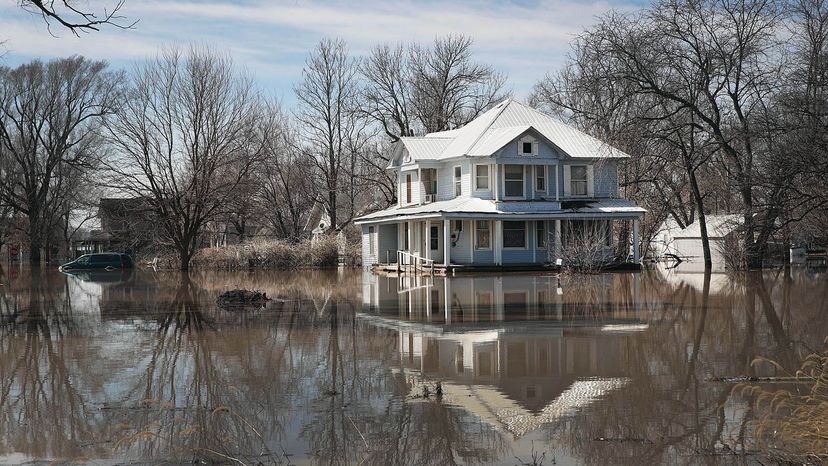If you know there's a chance of flooding in your area, start now to get prepared.
Communication is key. When all systems are normal you have multiple modes of getting in touch with loved ones. But if cell phone towers are damaged from major flooding, or landlines and the power grid go down, you need a backup. Have a plan in place for how everyone will get in touch with each other, including a safe place to meet up in the event you have to evacuate. And then add a Plan B. And C.
Stock an emergency kit. Ironically, as water floods around you, it'll be vitally important to have safe drinking water available to hydrate everyone for at least three days. And ditto on food. So fill your emergency kit with canned victuals, since cooking might be out of the question for a while. Think about what else you'll want to have handy, including batteries, flashlights, blankets, rubber boots and a first-aid kit. A battery-operated, or wind-up, radio is vital.
Amber Bradshaw, who survived the "thousand year flood" of the Carolinas in the fall of 2018, has some great suggestions on her website for other additions, including umbrellas, disposable plates and cutlery, a zip-close bag of fire starter, some cash, and an old-school paper map. Have some basic items packed for yourself, your kids and your pets, too. In the event of an evacuation, you don't need to worry about packing a suitcase with your essentials.


